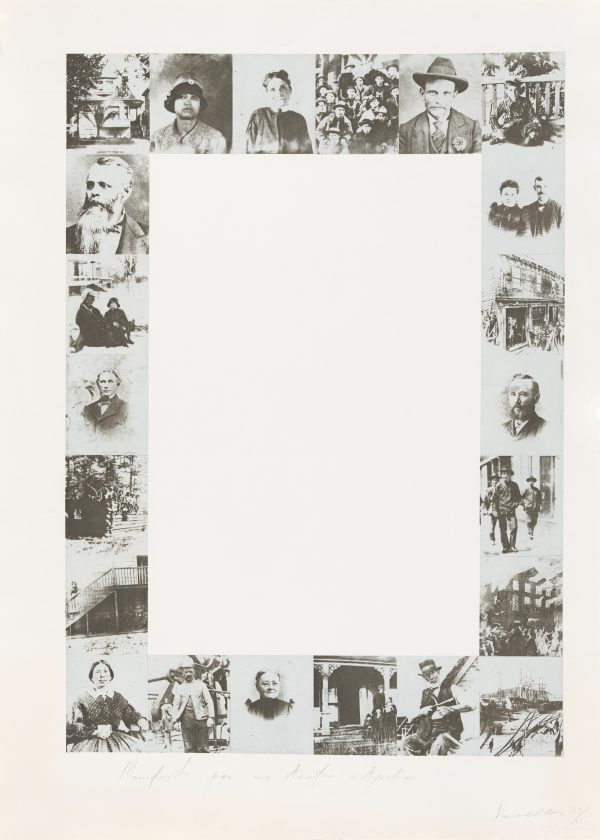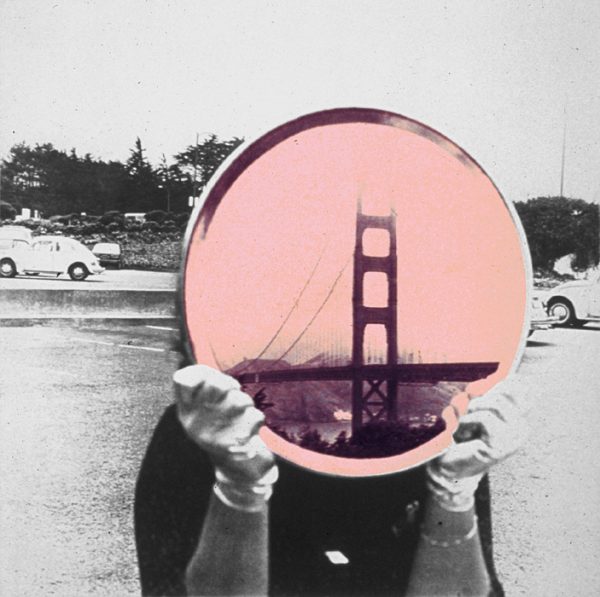Photoetching transfers a photograph to an etching plate and is less complex than photogravure. A photoetching plate is etched to a single depth. In photoetching, the artist creates a positive transparency (from a photograph or by drawing on a transparent material like Mylar), and the printer exposes it against a plate coated with a light-sensitive ground, then washes it out and etches it. If there are varied tones in photoetching, they come from an incorporated texture, usually from a dot screen or an aquatint.
At Crown Point Press we have been working with photoetching since 1972; our first in-house photogravure project was in 1991. Both processes develop intaglio photographic images using positive transparencies, but photogravure plates are etched to varying depths while a photoetching plate is etched to a single depth.


